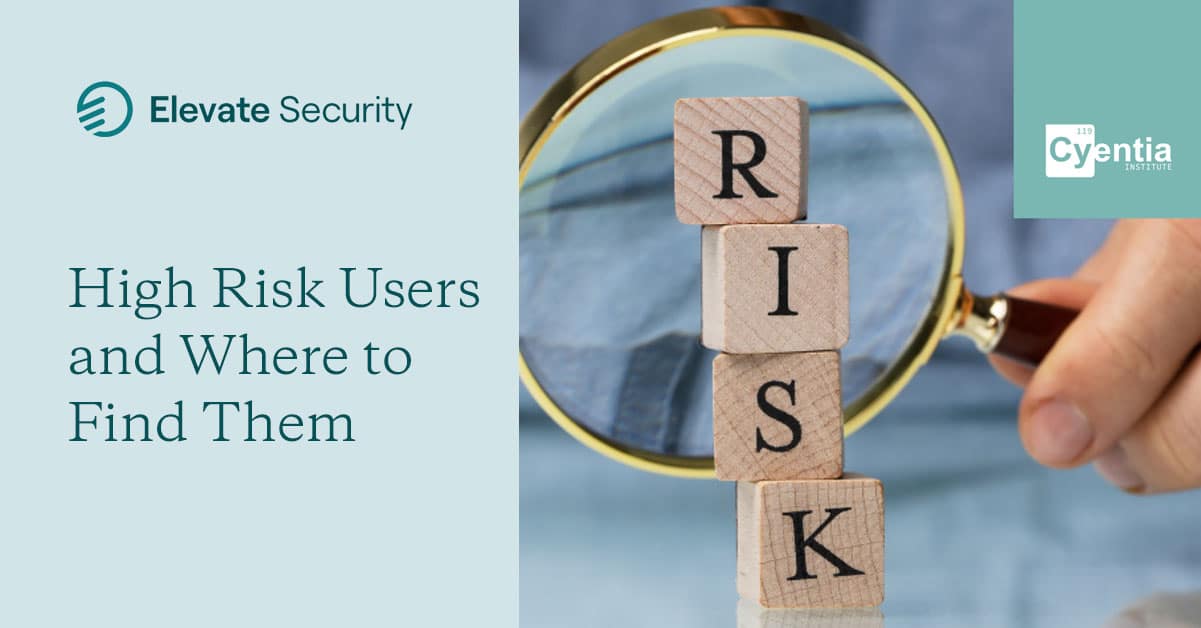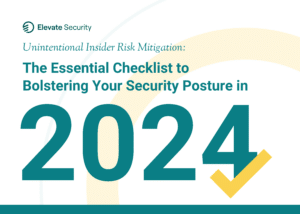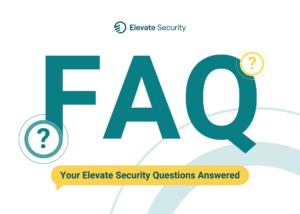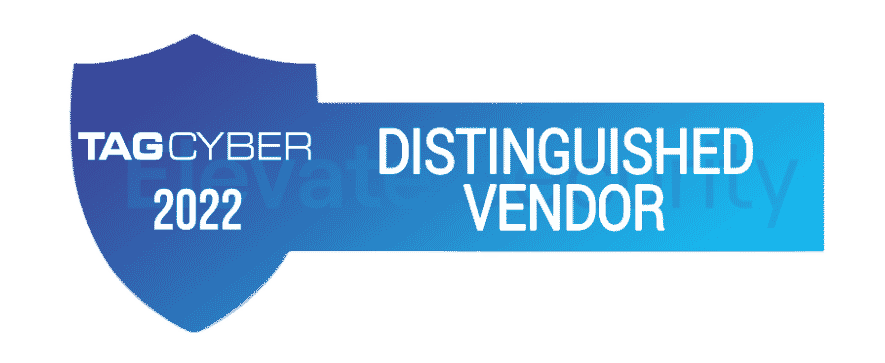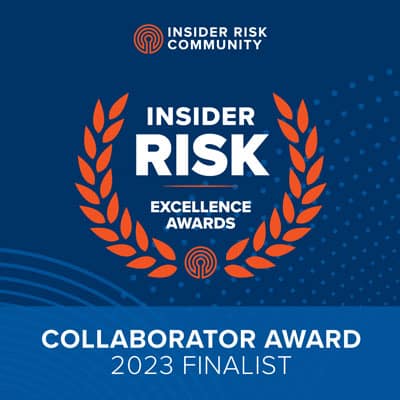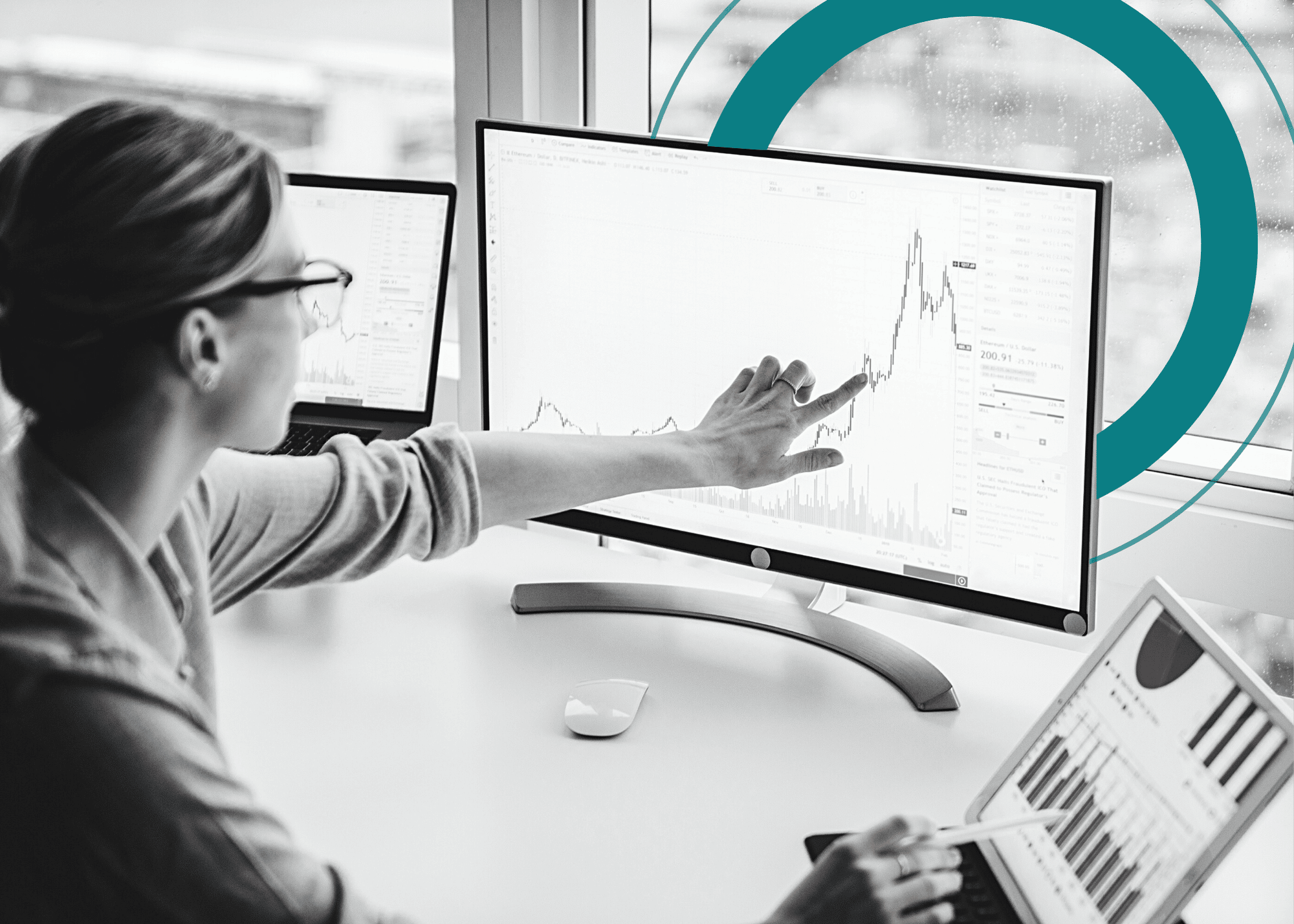
The right technology, like Elevate Security, is essential to developing individual user risk profiles. User risk profiles provide security teams with the insights necessary to:
- Individually assess the user risk to the organization
- Pinpoint which users are least and most likely to trigger a security event
- Lower the risk of human-initiated cybersecurity threats
With these profiles, you can anticipate user risk and proactively stop cyberattacks before they even begin. After all, the best predictor of the future is the past. Elevate Security creates a heat map of your riskiest users through a feed of data from your existing identity, email, device, web, and other security tools. A comprehensive profile, history of actions, and permitted access to a company’s proprietary information impact the risk profile of each user based on three main tenets:
Actions
User actions are a great indicator of user risk. It will be those exact actions that lead a high-risk user to usher in a cyberattack, unknowingly. Risky user actions include things like clicking links, downloading malware, or opening emails from questionable senders. For example, if an employee has accidentally downloaded malware in the past, they may be more likely to engage in risky conduct going forward. With Elevate Security, a user risk profile includes a user’s security history and allows you to tighten security controls around high-risk accounts.
“Elevate Security risk analytics provides our management “Heat Map” visibility to high-risk groups with the capability to drill down to specific behaviors. This level of actionable insight is extremely valuable in assessing security risk.” — VP, Global Security Risk Operations
Attackability
The likelihood of a user being targeted by a cyberattack is measured by attackability. This essentially means that high-risk users are more susceptible to cyberattacks because they are more frequently attacked. For example, a user who gets attacked at least twice a month is likely to have a high-risk score and statistically is more likely to fall for a phishing scheme than a user with a low-risk score who never gets phishing emails or the like.
Access Level
It is very important to note if users with access to valuable assets within your organization are high-risk users. If they are, it opens your important assets (like company information, payroll information, sensitive employee data, etc.) to the dangers of a cyberattack or data breach. To safeguard sensitive information, Elevate Security allows you to tighten access, permissions, and controls based on individual user risk.
For example, if a high-risk user has access to sensitive client information, you could tighten controls around their account so that in the event of account compromise, this information will remain safe. Similarly, it is wise to entrust low-risk users with sensitive information, as they are at a lower risk for account compromise.
What is the impact of utilizing user risk profiles in real-life situations? Here are two examples:
The best way to understand the benefits of a user risk profile is to read about customers who have actually benefited from this exact technology. Below are two examples of organizations that have used our platform to create user risk profiles and mitigate the risk of cyberattacks.
First, a global biopharmaceutical company wanted to mitigate user risk and reduce the likelihood of user incidents. This is likely due to the fact that their average cost for security incidents was $650k per incident and $8.6 million per breach at the time.
By leveraging our platform, this enterprise was able to pinpoint risk, unnecessary access levels, and their users’ attackability to target mitigation proactively. With a user risk profile for each employee, they could make data-driven decisions about how to best mitigate user risk and prevent a data breach. By utilizing features to prevent cyberattacks before they occur, such as user risk profiles and real-time alerts, the enterprise became well-equipped to neutralize cyber threats and mitigate user risk.
As a result of leveraging user risk profiles, this enterprise saw a 50% reduction in sensitive data handling incidents, a 70% reduction in malware incidents, and an 82% reduction in phishing. The benefits are clear — focusing on individual user risk causes a substantial reduction in cybersecurity incidents.
“Most of our incidents stemmed from human error. We leverage Elevate analytics to identify security controls for high-risk groups and inform targeted interventions.” — Head of Security Strategy, Global Biopharmaceutical Company
Another example is that of a multinational consumer credit reporting agency that wanted software that provided visibility into risky employees to drive security accountability across their organization. With Elevate Security’s user risk mitigation platform, this organization was able to map user risk globally, automate workflows to address repeat offenders and manage access terminations, and receive board and audit-ready metrics on risk and progress.
“We needed to find new messages that help reduce risks and foster security accountability throughout the organization.” — CISO, Multinational Consumer Credit Reporting Agency
Final Thoughts
With the ability to benchmark and visualize user risk at an individual level, understanding and reporting on the trends around employee risk in your organization has never been easier. To improve your security posture over time, it’s essential to implement the right technology. With the Elevate Security platform, you can prevent security incidents from happening to your organization in the first place.
See why our customers gain value from our platform in one week or less — schedule a demo.
